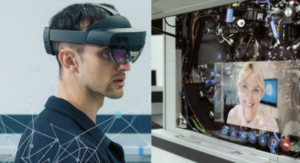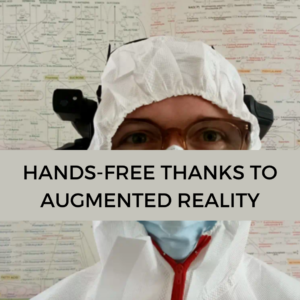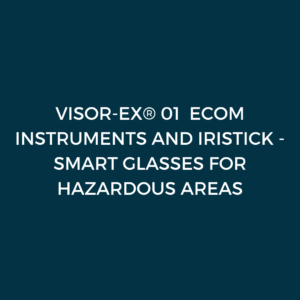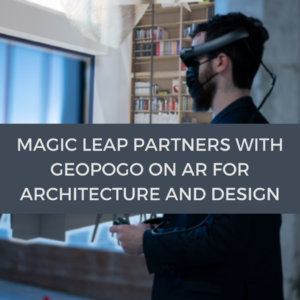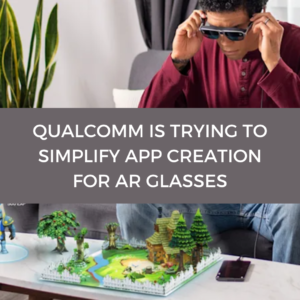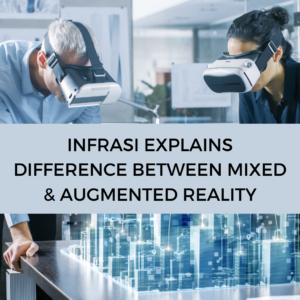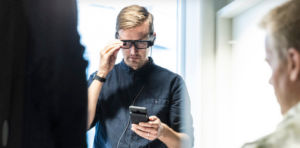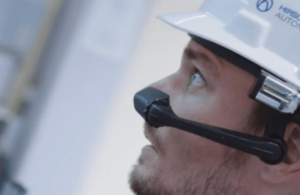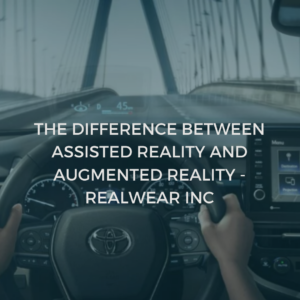Ford Technical Assistance Center Using TeamViewer Frontline Augmented Reality Solution to Streamline Customer Vehicle Repairs Worldwide
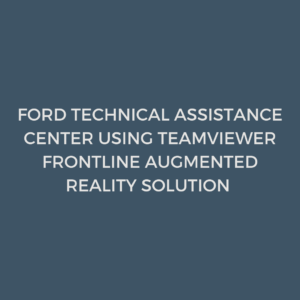
The new service is offered by Ford’s Technical Assistance Center (TAC), a centralized diagnostic troubleshooting team that provides support to all Ford and Lincoln dealerships’ technicians who diagnose and repair customer vehicles. Dealer technicians can initially reach out to TAC specialists via a web-based portal or even on a phone. With the new See What I See program, TAC specialists can now start a remote AR session using TeamViewer Frontline through a pair of onsite RealWear smart glasses to share, in real time, exactly what the repair technician is looking at. TAC specialists can add on-screen annotations and additional documentation directly in the line of sight of the repair technicians, as well as zoom in, share their screen, record the session and even turn on flashlights remotely.
“My team diagnoses some of the most complex and complicated vehicle issues,” says Bryan Jenkins, TAC powertrain operations manager. “I would frequently hear my team say that if they could only see what that technician is talking about, or what the technician is doing or how they’re completing a test, then they could solve the problem more accurately. A picture is worth 1000 words, but sometimes that still wasn’t quite enough, and we needed a way to see something live and in action. And that’s what really kicked this whole program off.”
Ford’s See What I See program is an additional layer of support that is already used by more than 400 dealers in the U.S., Mexico, South Africa, Thailand, Australia, New Zealand and the U.K. Currently Ford is promoting the new program to its full network of 3,100 U.S. based dealers, with a positive response. “Feedback from the dealers has been really good,” says Jenkins. “From the dealer technician perspective, they just turn on their smart glasses and accept an incoming call, then it is like my specialists are there looking over their shoulder to help resolve the problem.”
“We are very excited to add Ford to our growing list of forward-thinking customers that are leveraging AR solutions to improve business processes,” says Patty Nagle, president of TeamViewer Americas. “The majority of workers globally do not sit in front of a desk. Our goal is to enable those frontline workers with AR guided solutions to enable them to do their jobs better by digitalizing and streamlining processes.”
